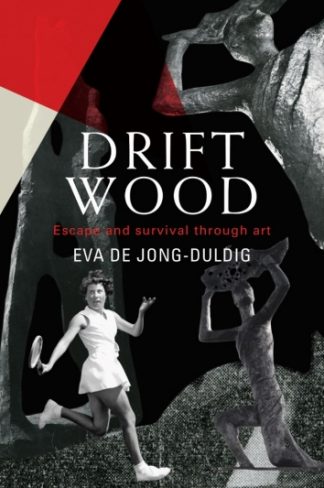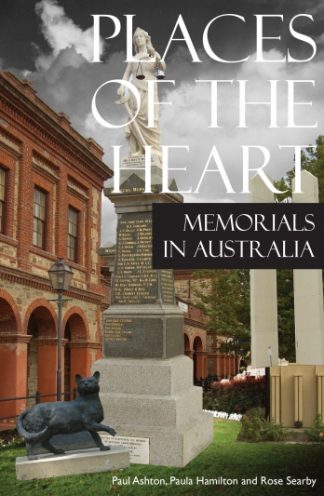Description
All societies have traditions that mark the death of their members. And many have public rituals to keep the memory of the dead alive, individually and collectively, across generations. Some of these traditions appear to remain relatively unchanged over centuries, while others are adapted in relation to different contexts and circumstances. This book charts the transformation of Australian ways of mourning over the last forty years through a study of memorials—one particular means by which those who live on commemorate the dead. It explores the reasons memorials are set up and how they are used by those who visit them. Changes to the form of memorials, their purpose, and use, reflect important shifts in the nature of public remembering and people’s relationship to the past. These changes to public memory have taken place within the framework of a broader ‘culture of commemoration’. Here people seek connections with the past and want to strengthen the link between the personal, often intimate process, of remembering the dead and the public nature of mourning rituals.






Reviews
There are no reviews yet.